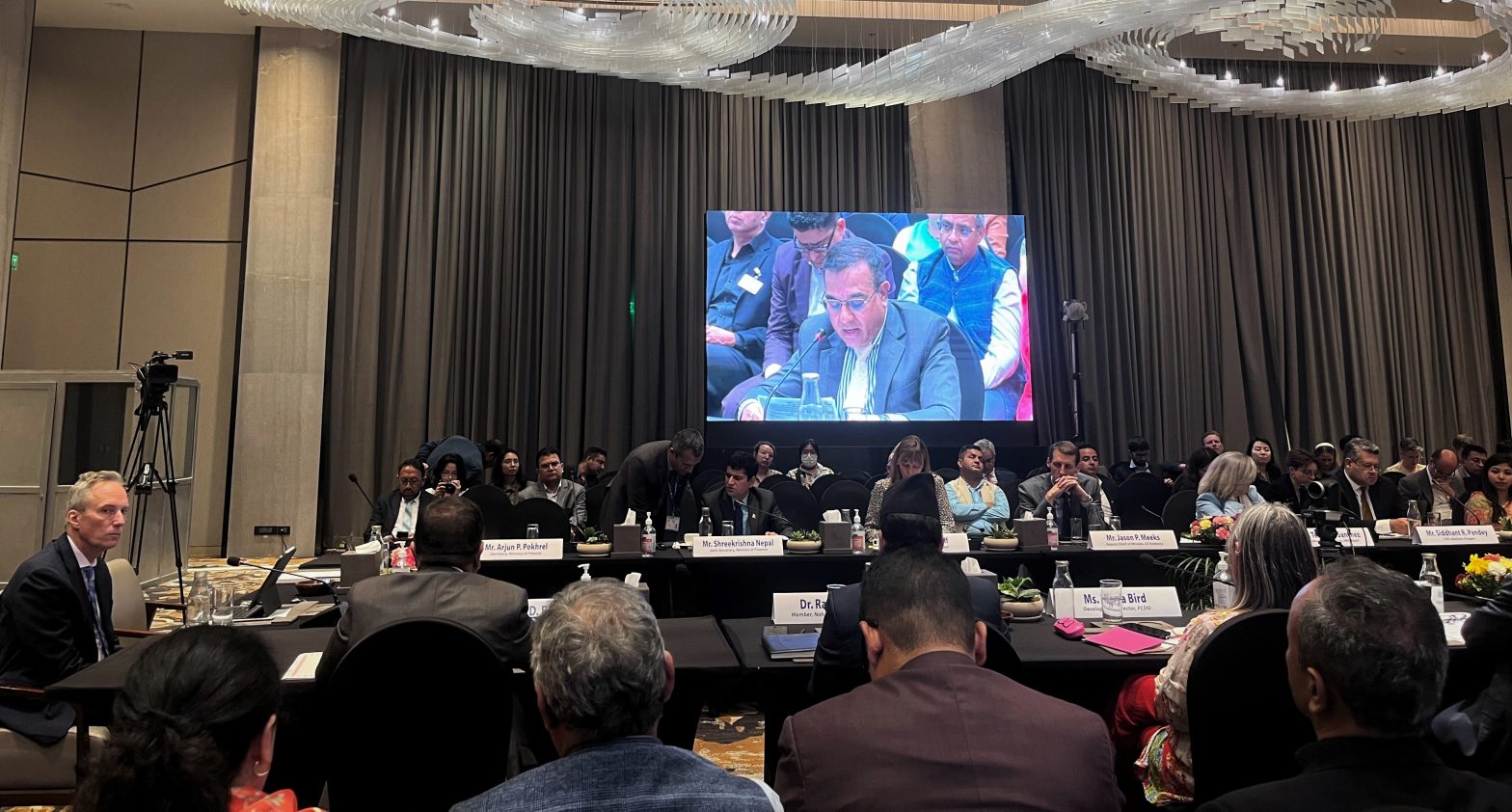Kathmandu: The World Bank and Ministry of Finance convened a high-level roundtable meeting today on investment priorities and enabling policies to operationalize Nepal’s vision for Green, Resilient, and Inclusive Development (GRID).
Leaders from Government and development partners, as well as representatives from civil society, the private sector, youth groups, and think tanks participated in the event and took stock of efforts to implement GRID since the government and development partners endorsed the Kathmandu Declaration on GRID in September 2021.
“Nepal formally adopted the integrated approach to green, resilient, and inclusive development, or GRID, as its national development vision,” said Chief Secretary, Shanker Das Bairagi.
“This approach can be an engine of sustainable growth, good jobs and livelihood opportunities, and resilience in the face of multiple risks,” he added.
The Roundtable reviewed priority actions in the Government’s emerging draft GRID strategic action plan.
These include managing land, water, and forests in a more productive, sustainable, and integrated way; equipping people with new skills and resilient livelihoods; greening urban development; scaling up water supply and sanitation.
Similarly it also includes managing pollution and waste; scaling up renewable energy; boosting the sustainability and resilience of the transportation system; strengthening disaster risk management and financing; and enhancing social protection to be responsive to shocks.
“Green, resilient, and inclusive development is about lifting incomes, improving opportunities for all, and achieving growth in harmony with nature,” said Martin Raiser, World Bank Vice President for the South Asia Region.
“The World Bank and development partners are fully committed to supporting Nepal’s GRID priorities and we are excited to see the impactful outcomes of GRID unfold,” he added.
Nepal’s draft GRID strategic action plan defines an economy-wide shift to a GRID development path, and specifies a set of high-priority investments with ready financing and a set of priority policy commitments.
The priorities in the strategic action plan derive from Nepal’s key development, climate, environmental, and sector strategies.
Financing sources include public expenditure from the Government of Nepal, overseas development assistance, innovative financing such as carbon finance, and private sector investment.
The event also served to consolidate the GRID partnership led by the Government of Nepal, which has grown to 20 development partners.
In addition, the event was a milestone for the government to begin consultations with provincial and local governments and other stakeholders on the emerging strategic action plan.
It is anticipated the strategic action plan will be further refined and finalized this year.
